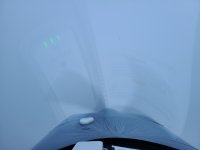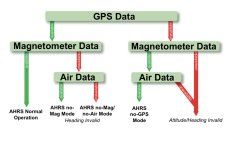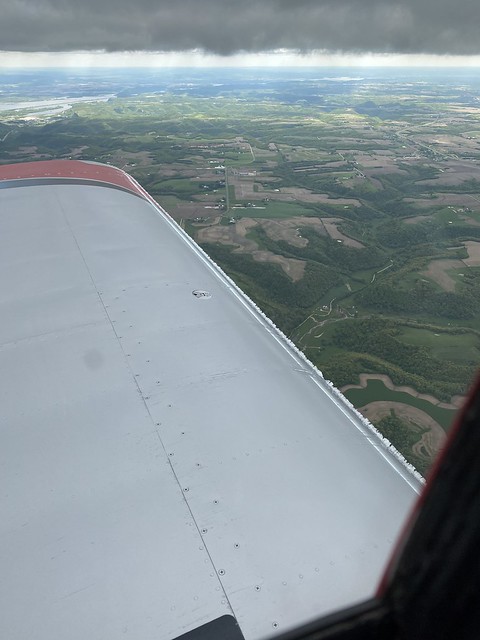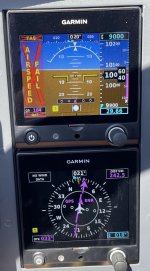About to buy my first plane, and am about to pull the trigger on one of two RV-8's.
One is certfiied for IFR. The other is not. Neither have heated pitot, which is a personal requirment for me, and also straightforward to add before the sale.
A couple of old timer friends of the seller of the VFR bird, that have or had RV-8's, chimed in that they would not fly a RV-8 into IMC and I shouldnt bother refitting the panel for IFR.
Firstly, if I fly XC, I fly IFR. Its just safer. So, my plane is going to be equipped for IFR.
IMC is a differerent question. Brand new to the plane, I wont go into IMC. But, its summer so not a real factor. I trained for IFR in the soup in the winter in Puget Sound, and have no intention of flying without a CFII in that stuff.
My main IMC missions willl be punching through morning clouds to take off, or broken clouds at altitude because I'm on a IFR plan, and lots of regular IFR practice approaches. Real weather I have no interest in going into.
I'm interested in what other pilots have experienced in actual IMC in RV-8's. I get the idea of a light weight nimble plane being easy to get tossed around in turbulance. So, turbulance and icing conditions are no fly zones, but to me thats specific weather conditions to avoid, not a blanket no IMC rule as they seem to be suggesting. However... they are old timers, and still flying, so, I'm listening. Anything unique or unusual I should be aware of?
One is certfiied for IFR. The other is not. Neither have heated pitot, which is a personal requirment for me, and also straightforward to add before the sale.
A couple of old timer friends of the seller of the VFR bird, that have or had RV-8's, chimed in that they would not fly a RV-8 into IMC and I shouldnt bother refitting the panel for IFR.
Firstly, if I fly XC, I fly IFR. Its just safer. So, my plane is going to be equipped for IFR.
IMC is a differerent question. Brand new to the plane, I wont go into IMC. But, its summer so not a real factor. I trained for IFR in the soup in the winter in Puget Sound, and have no intention of flying without a CFII in that stuff.
My main IMC missions willl be punching through morning clouds to take off, or broken clouds at altitude because I'm on a IFR plan, and lots of regular IFR practice approaches. Real weather I have no interest in going into.
I'm interested in what other pilots have experienced in actual IMC in RV-8's. I get the idea of a light weight nimble plane being easy to get tossed around in turbulance. So, turbulance and icing conditions are no fly zones, but to me thats specific weather conditions to avoid, not a blanket no IMC rule as they seem to be suggesting. However... they are old timers, and still flying, so, I'm listening. Anything unique or unusual I should be aware of?








